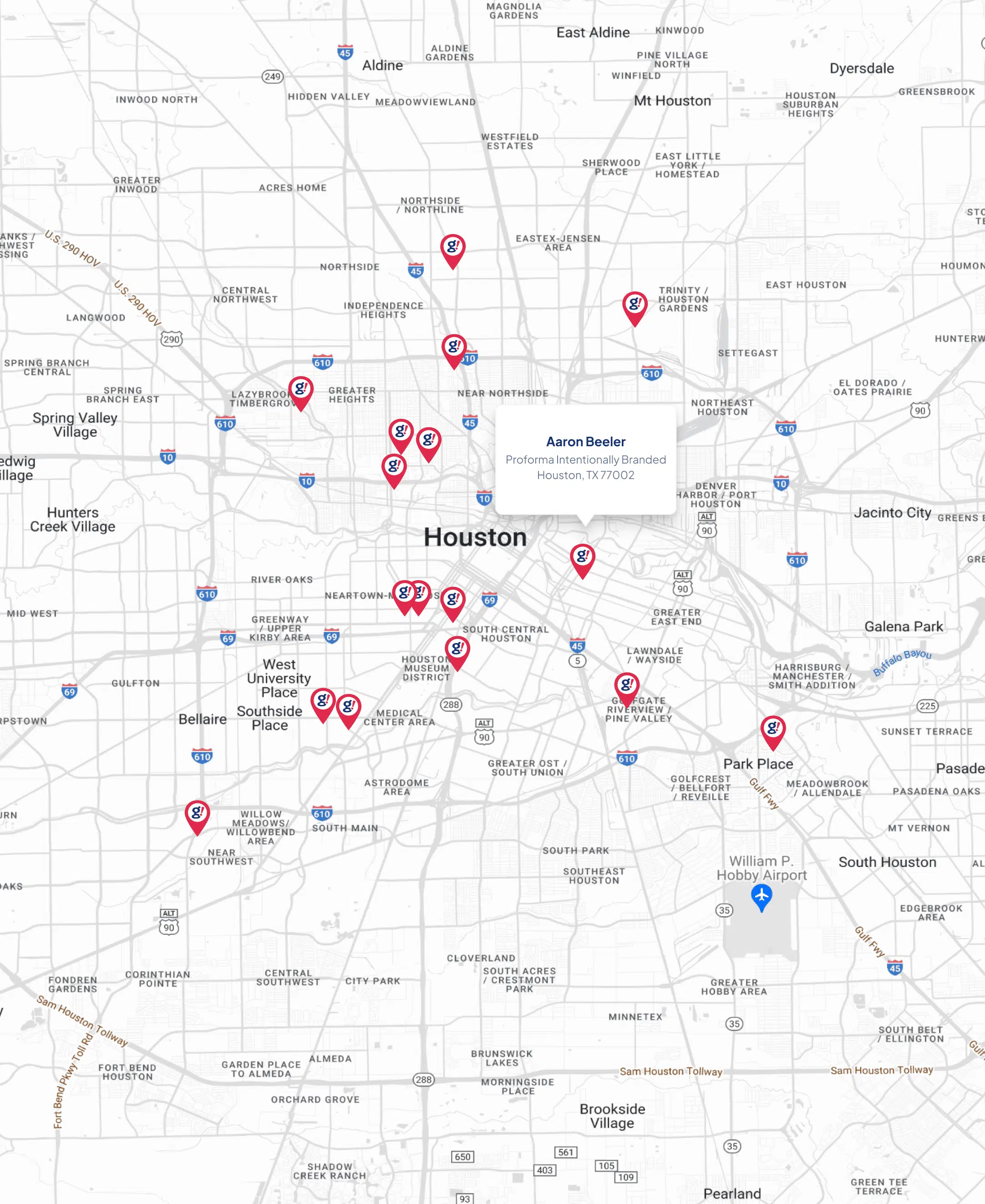Essential Web, Social, and Mobile Marketing Tips for 2019
- Updated on: 2019-04-20
- Read original article here

Globally, customers use a plethora of platforms to better understand a product, before making a purchase. Therefore, marketers must effectively understand and utilize social platforms, mobile marketing and online marketing, across multiple channels and devices while formulating their campaigns. Here are four foolproof ways to achieve this, right here in 2019.
Creating a successful online marketing campaign will require you to integrate social, mobile, and web strategies, as your consumer is constantly active on these platforms. Research suggests that users are regularly active on all these channels in both their personal and professional lives. For example, users regularly search for products/services near them, which comprises over 40% of all Google queries on mobile devices, and the mobile-first social media platform, Instagram, has nearly one billion active users. So, how do you traverse this complex terrain? Often, even the smartest marketers fall prey to using a one-dimensional strategy or technology, leading to over-focus and saturation. What’s worse is that the selected platform may not be where your targeted audience is currently most active.
Also read: 5 Mobile Marketing Strategies to Drive More Sales for Your Business
Remember, social media isn’t a single silo, you need to have an effective link between your web-based campaigns, mobile strategies, and overall business goals. Here are holistic four best practices to help you achieve your digital marketing objectives:
To start off, ensure that your blog or website has a visually rich responsive design so it works seamlessly across mobile, desktop, tablets and connected devices. You could either select a smart, mobile-friendly design theme, or hire a developer who could swiftly tweak the code with your existing webpage’s look-and-feel.
Make sure all your online properties are as aesthetically appealing, across all channels. It’s also critical that your site’s load time is short – if the site takes too long to load/refresh, the user is likely to drop off. To enable your site for faster load times, you can reduce image dimensions and optimize cache.
Most users tend to stay logged in on social media and websites across multiple platforms, with push alerts enabled to receive real-time updates. Messaging fatigue happens when the same update is posted across channels, at the same time. As you structure your mobile marketing game plan (which will be distinct from desktop), ensure you have tailored the message to a specific platform, ensuring the most suitable tone for each — LinkedIn, Twitter, Instagram or Facebook. Begin by choosing the platforms that offer the highest engagement and ROI for your brand.
Ask yourself three questions — What’s working best on the desktop version? Is your mobile presence optimized as per user behavior? Are you regularly monitoring analytics to identify what’s performing best on each channel, at what time and on which day? Remember, the content, the device and the audience cannot be approached in a one-size-fits all model – successful engagement is all about effectively customizing your intended ‘story’.
You can’t ignore the need for a successful mobile marketing campaign in today’s image-made digital world. This is because apps such as WhatsApp, Instagram and Snapchat are widely used, especially by Gen Z and millennials, and allow users to click and share pictures with friends and family, and detail their experiences with your product/service.
Here are some social media tips for business that any marketer can successfully incorporate into a mobile and social marketing campaign:
Also read: 5 Tips for Small Businesses to Elevate Their Brand Using Instagram
Smartphones allow marketers to tailor ads and notifications based on a user’s location with the help of geolocation. You can utilize this technology to deliver hyper-targeted placements, ads, and suggestions based on location and usage patterns.
Most social platforms will also let you target nearby mobile users and all you have to do is write fun, interesting localized ad copy that is optimized for mobile devices.
Look at it this way: if a desktop is a window into the web, a smartphone or tablet is a user’s personal portal through which they share ideas and experiences, beyond just a status update. An interesting statistic is that, 95% of Instagram users were found to regularly use YouTube, while 91% used Facebook and 60% were also on Snapchat. This is why you need tell a coherent story across all of these platforms, and more. Integrate your messaging across different channels and devices, ensuring there is a seamless connection of the content experience, reaffirming the core thought/promise behind your brand.
What are your thoughts using these multiple platforms? Connect with us onLinkedIn,Facebook, andTwitterto share your valuable insights.



